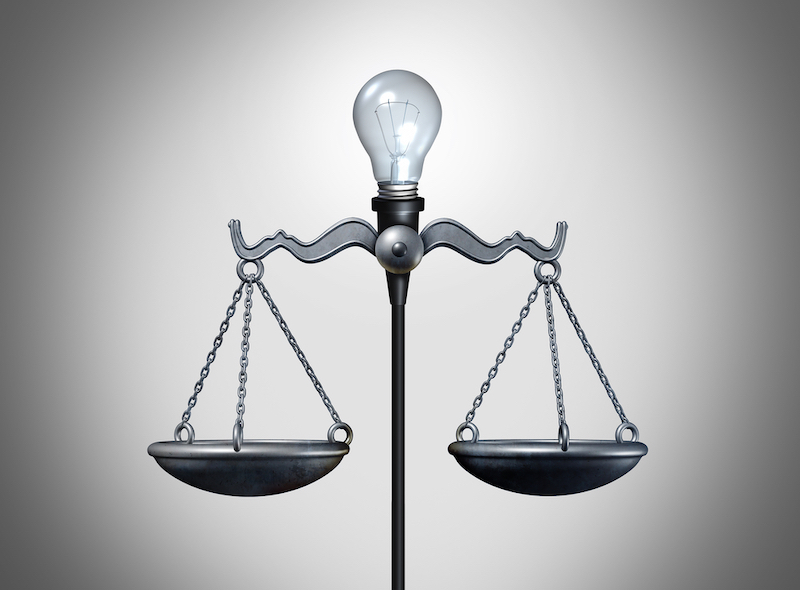Patent Poetry: How to Get Your Patent Examined Sooner | AEON Law
USPTO
Expands first-time filer scheme
To speed patent grants
The US Patent and Trademark Office (USPTO) recently extended its First Time Filer Expedited Examination Program.
This pilot program is “designed to increase accessibility to the patent system for inventors who are new to the patent application process, including those in historically underserved geographic and economic areas.”
This program is designed for inventors who have not previously been named as an inventor in a US nonprovisional patent application (including design patents). Applicants and inventors under the program must also qualify for micro entity status under the gross income basis requirement.
As the USPTO explains,
After submitting a patent application, inventors must typically wait for an examiner to review the application and return the examiner’s written notice of findings, such as a rejection or restriction. The written notice of findings is called an Office action. This program expedites the first Office action, which expands opportunity in innovation. By lowering time-based barriers for inventors who might otherwise be unable to participate in the patent system, this initiative will enable them to bring their innovations to impact more rapidly.
According to the USPTO, once placed on an examiner’s special docket, pilot program applications typically receive a first office action within 28 days. This compares to about 20 months for regular applications, so this is a significant benefit.
A patent applicant may apply for the pilot program by filing a petition to make special for a qualifying patent application. No petition fee under 37 CFR 1.17(h) is required when applying for this expedited program.
This pilot program began in March 2023 and was originally scheduled to end in March 2024 but is being extended until either March 11, 2025, or the date the USPTO grants a total of 1,000 petitions since the start of the pilot program, whichever happens first.
The program is further explained in this free webinar.
Here are some other options to speed up the patent examination process:
Track One
The USPTO’s Track One prioritized examination program allows patent applicants to get a final disposition within about twelve months. This is available for utility and plant patent applications.
Track One gives a patent application special status with fewer requirements than the current accelerated examination program and without having to perform a pre-examination search.
Prioritized examination is available for an extra fee at the time of filing a patent application.
Patent Prosecution Highway (PPH)
The Patent Prosecution Highway (PPH) speeds up the patent examination process for corresponding applications filed in participating intellectual property offices.
The USPTO participates in bilateral PPH agreements with patent offices in several countries and regions.The countries and regions include Australia, Canada, China, Europe (via the European Patent Office (EPO)), Germany, Japan, Korea, and the UK.
As the USPTO explains,
Under PPH, participating patent offices have agreed that when an applicant receives a ruling from a first patent office that at least one claim is allowable, the applicant may request fast track examination of corresponding claim(s) in a corresponding patent application that is pending in a second patent office. PPH leverages fast-track examination procedures already in place among participating patent offices to allow applicants to reach final disposition of a patent application more quickly and efficiently than standard examination processing.
There is no fee under the PPH programs.
Petition to Make Special
A petition to make special (PTMS) is a request submitted to the USPTO asking that a patent application be examined ahead of the other pending applications in the same field.
The USPTO generally examines applications in the order in which they are received. A Petition to Make Special is a request to the Director under 37 C.F.R. §2.146 to advance the initial examination of an application out of its regular order.
A petition to make special can be granted because:
- one of the inventors is over the age of 65 or is ill to the point where they may not be available to assist in the prosecution of the patent,
- the head of a government agency requests that the application be made special,
- the patent relates to certain areas including: quality of the environment, development of energy resources, or terrorism,
- the applicant wishes to take part in accelerated examination as described below, or
- the applicant has received a positive indication of allowability in another jurisdiction and is participating in the Patent Prosecution Highway discussed above.
It’s good to be aware of, and take advantage of, expedited patent processing when available.
The sooner a patent is granted, the sooner it can be enforced against third party infringers, protecting the patent owner’s R&D investment and potentially generating patent licensing fees and/or damage awards.
Because US patents typically expire 20 years from the date of the application’s filing, getting a patent sooner provides a longer term of patent protection.
Just like the haiku above, we like to keep our posts short and sweet. Hopefully, you found this bite-sized information helpful.






